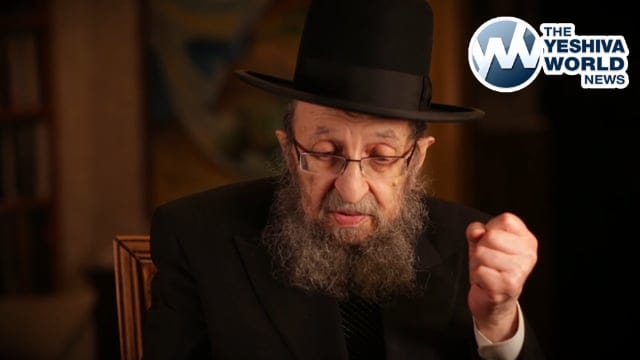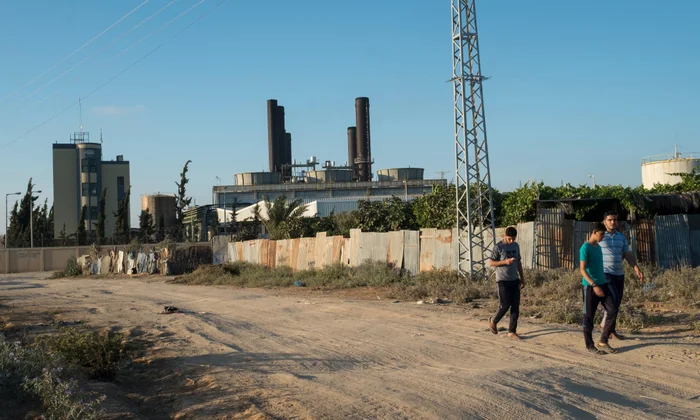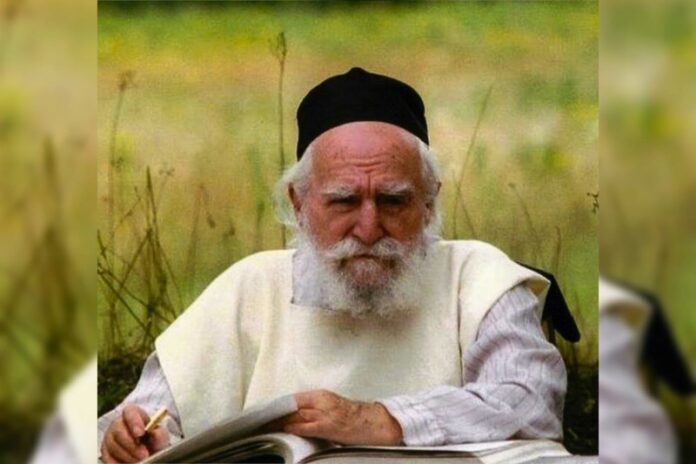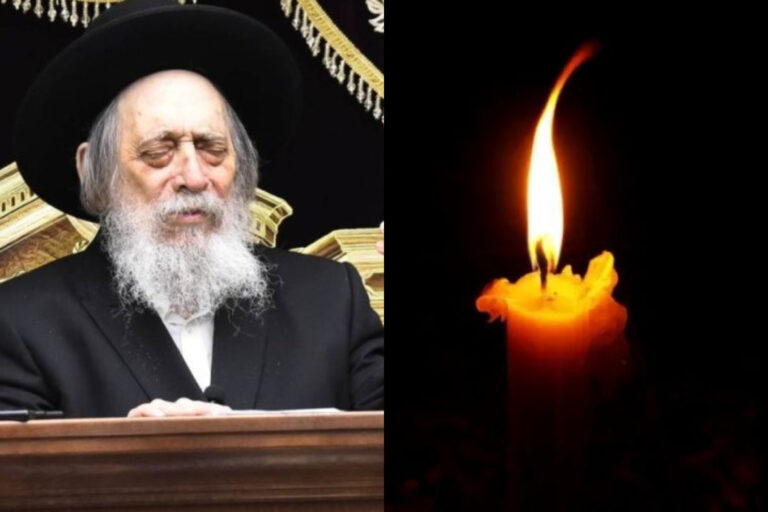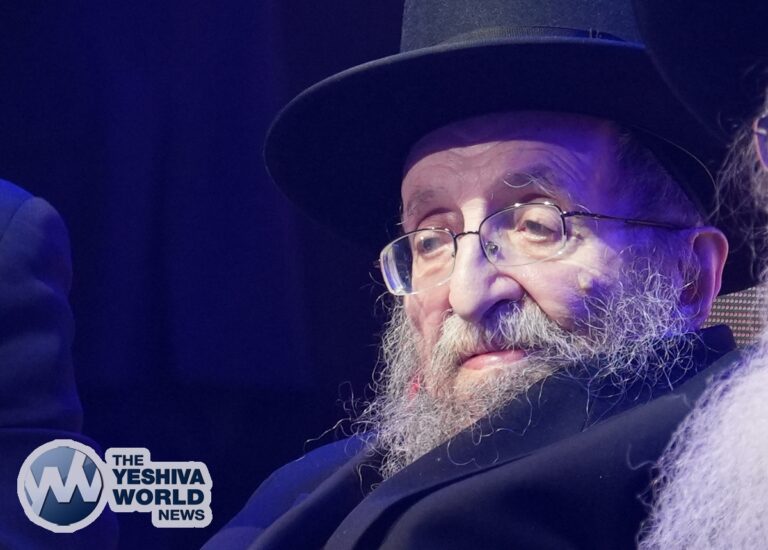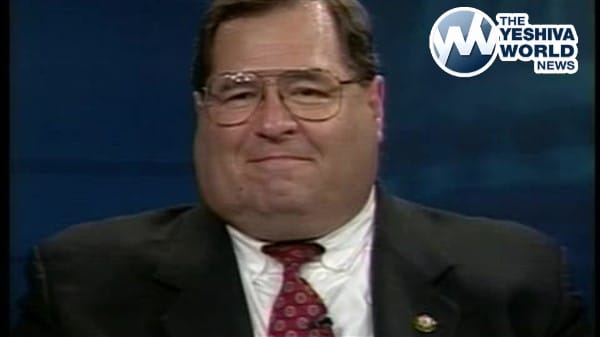 An engineer whose speeding commuter train ran off the rails along a curve, killing four people, experienced a hypnosis-like “daze” and nodded at the controls just before the wreck, and by the time he caught himself it was too late, people representing him said Tuesday.
An engineer whose speeding commuter train ran off the rails along a curve, killing four people, experienced a hypnosis-like “daze” and nodded at the controls just before the wreck, and by the time he caught himself it was too late, people representing him said Tuesday.
Attorney Jeffrey Chartier accompanied engineer William Rockefeller to his interview with National Transportation Safety Board investigators and described the account Rockefeller gave. Chartier said the engineer experienced a nod or “a daze,” almost like road fatigue or the phenomenon sometimes called highway hypnosis. He couldn’t say how long it lasted.
What Rockefeller remembers is “operating the train, coming to a section where the track was still clear — then, all of a sudden, feeling something was wrong and hitting the brakes,” Chartier said. “… He felt something was not right, and he hit the brakes.”
He called Rockefeller “a guy with a stellar record who, I believe, did nothing wrong.”
“You’ve got a good guy and an accident,” he said. “… A terrible accident is what it is.”
Rockefeller “basically nodded,” said Anthony Bottalico, leader of the rail employees union, relating what he said the engineer told him.
“He had the equivalent of what we all have when we drive a car,” Bottalico said. “That is, you sometimes have a momentary nod or whatever that might be.”
Federal investigators wouldn’t comment on Rockefeller’s level of alertness around the time of the Sunday morning wreck in the Bronx. They said late Tuesday they had removed Bottalico’s union, the Association of Commuter Rail Employees, as a participant in the investigation over a breach of confidentiality after he publicly discussed information related to it.
Two law enforcement officials said the engineer told police at the scene that his mind was wandering before he realized the train was in trouble and by then it was too late to do anything about it. One of the officials said Rockefeller described himself as being “in a daze” before the wreck.
The officials, who were briefed on the engineer’s comments, weren’t authorized to discuss the investigation publicly and spoke on the condition of anonymity.
Questions about Rockefeller’s role mounted rapidly after investigators disclosed on Monday that the Metro-North Railroad commuter train jumped the tracks after going into a curve at 82 mph, or nearly three times the 30 mph speed limit.
Rockefeller, who was operating the train from the front car, ended up on the floor of his cab, then, “once he got up and stabilized himself, he tried to help other people,” including a conductor or assistant conductor, Chartier said. Rockefeller, who had been a volunteer firefighter for 23 years, at first declined medical attention to try to help others, the lawyer said, but he later was treated at a hospital for minor injuries and was released.
NTSB member Earl Weener said it was too soon to say whether the accident was caused by human error. But he said investigators have found no problems with the train’s brakes or rail signals.
Alcohol tests on the train’s crew members were negative, and investigators were awaiting the results of drug tests, the NTSB said.
On the day of the crash, Rockefeller was on the second day of a five-day work week, reporting at 5:04 a.m. after a typical nine-hour shift the day before, Weener said.
“There’s every indication that he would have had time to get full restorative sleep,” Weener said.
Weener didn’t address specifically what the engineer was doing in the hours before his shift started but said part of the investigation will be creating a 72-hour timeline of his activities.
Chartier said Rockefeller had gotten “a proper amount of sleep,” having gone to bed at 8:30 the previous night to wake up at 3:30 a.m. for his shift. He said Rockefeller, before going to bed, had been spending time at home.
Bottalico said Rockefeller had switched just weeks earlier from the night shift to the day shift, “so he did have a change in his hours and his circadian rhythms with regard to sleep.”
The New York Police Department is conducting its own investigation, with help from the Bronx district attorney’s office, in the event the derailment becomes a criminal case.
Gov. Andrew Cuomo said Tuesday the engineer could be faulted for the train’s speed if nothing else.
“Certainly, we want to make sure that that operator is disciplined in an appropriate way,” he said. “There’s such a gross deviation from the norm.”
University of Dayton professor Steven Harrod, who studies transportation, said trains typically don’t have a speed or cruise control but a power control, and once it’s set a train can pick up speed on its own because of the terrain.
“Thus, if the engineer loses attention, the train can gain speed without intervention,” Harrod said.
In case of an engineer becoming incapacitated, the train’s front car was equipped with a dead man’s pedal, which must be depressed or the train will automatically slow down.
Trains also can have alarms, sometimes called alerters, which sound if the operators’ controls haven’t been moved within a certain timeframe. If an engineer doesn’t respond, often by pressing a button, brakes automatically operate. But the train that derailed didn’t have such a system, a Metro-North spokeswoman said.
Congress has ordered commuter and freight railroads to install technology called positive train control, which uses electronics to monitor trains’ positions and speed and stop derailments and other problems, by the end of 2015.
Rockefeller, 46, has worked for the railroad for 15 years and has been an engineer for 10, Weener said. He lives in a well-kept house on a modest rural road in Germantown, 40 miles south of Albany.
A former supervisor, Michael McLendon, who retired from the railroad about a year ago, called him “a stellar employee.”
McLendon said he was stunned when he heard about the crash, shortly after opening his mail to find a Christmas card from Rockefeller and his wife.
“I said, ‘Well, I can’t imagine Billy making a mistake,’” McLendon said. “Not intentionally, by any stretch of the imagination.”
Rockefeller had begun running that route on Nov. 17, two weeks before the wreck. Bottalico said Rockefeller was familiar with the route and qualified to run it.
Crews are rebuilding the damaged track where Rockefeller’s train crashed. Officials expect 98 percent of service to be restored to the affected line Wednesday, the governor said.
(AP)

